Japan's darkest days since World War II : Pictures
12,000 dead, missing in quake-hit Japan
"We Japanese had a lot of difficulties in the past, but we were able to overcome those difficulties to reach this peaceful and prosperous society we have been able to build. So with regard to the earthquake and tsunami, I am confident that the Japanese people can be united to work together... I ask each one of you, please have such determination, and deepen your bond with your family members, your neighbours, and the people in your community to overcome this crisis so that Japan can be a better place. We can do it together."
Although the government doubled the number of soldiers deployed in the aid effort to 100,000, it seemed overwhelmed by what's turning out to be a triple disaster. Friday's quake and tsunami damaged two nuclear reactors at a power plant on the coast,
and at least one of them appeared to be going through a partial meltdown, raising fears of a radiation leak.
The police chief of Miyagi prefecture, or state, told a gathering of disaster relief officials that his estimate for deaths was more than 10,000, police spokesman Go Sugawara told The Associated Press. Miyagi has a population of 2.3 million and is one of the three prefectures hardest hit in Friday's disaster. Only 379 people have officially been confirmed as dead in Miyagi.
"First I was worried about the quake, now I'm worried about radiation. I live near the plants, so I came here to find out if I'm OK. I tested negative, but I don't know what to do next," said Kenji Koshiba, a construction worker, at an emergency center in Koriyama town near the power plant in Fukushima.
According to officials, at least 1,000 people were killed - including 200 people whose bodies were found Sunday along the coast - and 678 were missing in the earthquake and the ensuing tsunami that hit with breathtaking force and speed, breaking or sweeping away everything in its path.
The U.S. Geological Survey calculated the quake to have a magnitude of 8.9, while Japanese officials raised their estimate on Sunday to 9.0. Either way it was the strongest quake ever recorded in Japan.
12,000 dead, missing in quake-hit Japan
Japanese Prime Minister Naoto Kan called on his country Sunday to prepare for sacrifice and to work together in overcoming the effects of the devastating earthquake and tsunami.Hours before the world's third-largest economy opened for business on Monday, a grim-faced Prime Minister Naoto Kan described the crisis as Japan's worst since 1945.
The death toll in Japan's earthquake and tsunami will likely exceed 10,000 in one state alone, an official said Sunday, as millions of survivors were left without drinking water, electricity and proper food along the pulverized north-eastern coast.
"We Japanese had a lot of difficulties in the past, but we were able to overcome those difficulties to reach this peaceful and prosperous society we have been able to build. So with regard to the earthquake and tsunami, I am confident that the Japanese people can be united to work together... I ask each one of you, please have such determination, and deepen your bond with your family members, your neighbours, and the people in your community to overcome this crisis so that Japan can be a better place. We can do it together."
Although the government doubled the number of soldiers deployed in the aid effort to 100,000, it seemed overwhelmed by what's turning out to be a triple disaster. Friday's quake and tsunami damaged two nuclear reactors at a power plant on the coast,
and at least one of them appeared to be going through a partial meltdown, raising fears of a radiation leak.
The police chief of Miyagi prefecture, or state, told a gathering of disaster relief officials that his estimate for deaths was more than 10,000, police spokesman Go Sugawara told The Associated Press. Miyagi has a population of 2.3 million and is one of the three prefectures hardest hit in Friday's disaster. Only 379 people have officially been confirmed as dead in Miyagi.
"First I was worried about the quake, now I'm worried about radiation. I live near the plants, so I came here to find out if I'm OK. I tested negative, but I don't know what to do next," said Kenji Koshiba, a construction worker, at an emergency center in Koriyama town near the power plant in Fukushima.
According to officials, at least 1,000 people were killed - including 200 people whose bodies were found Sunday along the coast - and 678 were missing in the earthquake and the ensuing tsunami that hit with breathtaking force and speed, breaking or sweeping away everything in its path.
The U.S. Geological Survey calculated the quake to have a magnitude of 8.9, while Japanese officials raised their estimate on Sunday to 9.0. Either way it was the strongest quake ever recorded in Japan.
Japan's darkest days since World War II : Pictures
Click On Image For Full Size View
|
Click On Image For Full Size View
|
Click On Image For Full Size View
|
Click On Image For Full Size View
|
Click On Image For Full Size View
 A screen grab taken from news footage by Japanese public broadcaster NHK on March 11, 2011 shows capsized A screen grab taken from news footage by Japanese public broadcaster NHK on March 11, 2011 shows capsized
ships at a port of Hachinohe City, Aomori Prefecture.
|
Click On Image For Full Size View
 An
aerial view of the earthquake and tsunami damage at the coastal town of
Minami Soma. Japan launched a massive
military rescue operation Saturday after a giant, quake-fed tsunami killed
hundreds of people and turned the
north-eastern coast into a swampy wasteland, while authorities braced for
a possible meltdown at a nuclear reactor. An
aerial view of the earthquake and tsunami damage at the coastal town of
Minami Soma. Japan launched a massive
military rescue operation Saturday after a giant, quake-fed tsunami killed
hundreds of people and turned the
north-eastern coast into a swampy wasteland, while authorities braced for
a possible meltdown at a nuclear reactor. |
Click On Image For Full Size View
|
Click On Image For Full Size View
|
Click On Image For Full Size View
|
Click On Image For Full Size View
|
Click On Image For Full Size View
|
Click On Image For Full Size View
|
Click On Image For Full Size View
|
Click On Image For Full Size View
|
Click On Image For Full Size View
|
Click On Image For Full Size View
|
Click On Image For Full Size View
|
Click On Image For Full Size View
|
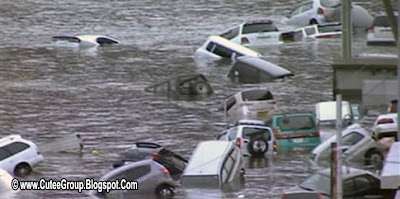



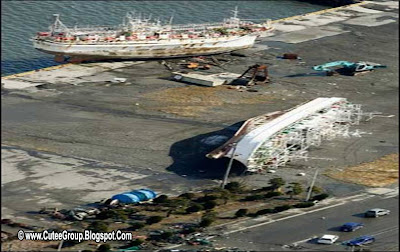




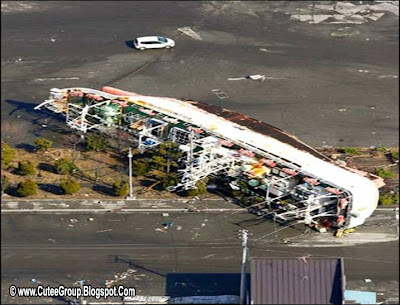
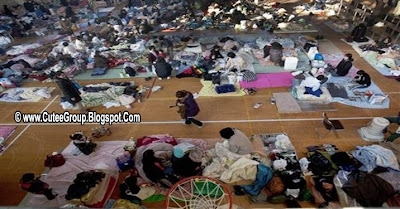








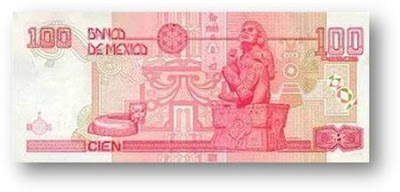














Post a Comment
Thanks For Your Comment